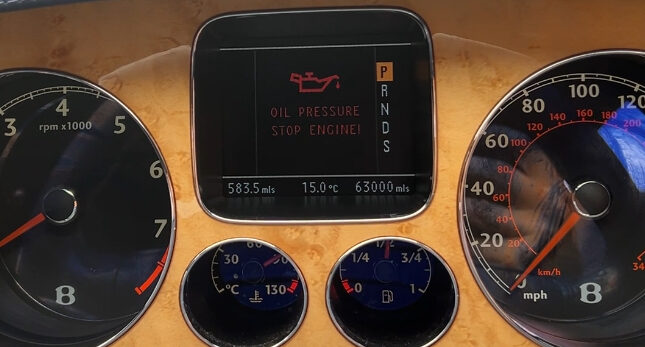Oil Pressure Warning Light What It Means and What to Do
The oil pressure warning light is one of the most critical indicators on your vehicle’s dashboard. It signals a potential problem with your car’s oil pressure system, which is essential for lubricating engine components and preventing damage. Understanding what this warning light means and how to respond can save you from costly repairs and ensure your vehicle runs smoothly.
What Does the Oil Pressure Warning Light Mean?
The oil pressure warning light, often depicted as an oil can symbol, illuminates when there is an issue with your car’s oil pressure. This could be due to low oil levels, a faulty oil pump, or a blocked oil filter. The oil pressure system ensures that all moving parts in the engine are properly lubricated, reducing friction and preventing overheating.
Common Causes of Low Oil Pressure
- Low Oil Level: One of the most common reasons for the oil pressure warning light to come on is a low oil level. Over time, oil can leak or be consumed by the engine.
- Faulty Oil Pump: The oil pump is responsible for circulating oil throughout the engine. If it fails, oil pressure can drop significantly.
- Blocked Oil Filter: The oil filter removes contaminants from the oil. If it becomes clogged, oil flow can be restricted, leading to low oil pressure.
- Oil Pressure Sensor Failure: Sometimes, the issue might be with the sensor itself, which could give a false warning even if the oil pressure is fine.
What to Do When the Oil Pressure Warning Light Comes On
- Stop the Vehicle: As soon as the oil pressure warning light comes on, pull over safely and turn off the engine. Driving with low oil pressure can cause severe damage to the engine.
- Check Oil Level: After letting the car cool down for a few minutes, check the oil level using the dipstick. If the oil level is low, add the appropriate type and amount of oil.
- Inspect for Leaks: Look under the car for any signs of oil leaks. If you see oil puddles, there might be a leak that needs professional attention.
- Consult a Mechanic: If the oil level is fine and there are no visible leaks, but the warning light remains on, have your vehicle towed to a mechanic. There might be a more serious issue, such as a failing oil pump or a sensor problem.
Preventive Measures to Avoid Oil Pressure Issues
- Regular Oil Changes: Follow your vehicle manufacturer’s recommended oil change intervals to ensure that your engine oil remains clean and effective.
- Use the Right Oil: Always use the type of oil recommended in your vehicle’s owner manual. Different engines require different oil viscosities and formulations.
- Monitor Oil Levels: Regularly check your oil level, especially before long trips, to ensure it’s within the recommended range.
- Replace Oil Filter: Along with changing the oil, regularly replace the oil filter to prevent clogging and ensure proper oil flow.
The Importance of Addressing Oil Pressure Problems Promptly
Ignoring the oil pressure warning light can lead to severe engine damage. Insufficient lubrication can cause moving parts to wear prematurely and lead to engine overheating. Addressing oil pressure issues promptly ensures the longevity and reliability of your vehicle.
Conclusion
The oil pressure warning light is a vital indicator of your engine’s health. Understanding its significance and knowing how to respond when it illuminates can prevent costly repairs and keep your vehicle running smoothly. Regular maintenance and prompt attention to any issues are key to maintaining optimal oil pressure and engine performance.
Buying a used VW. Buying used vauxhall, BMW, Jaguar, Ford, Volvo, Range rover, Bentley, Aston Martin, Porsche, Ferrari, Lamborghini, Maserati, Hyundai, Tesla, Honda, Pagani

